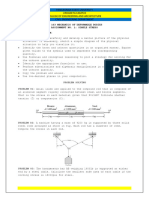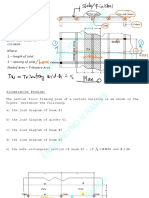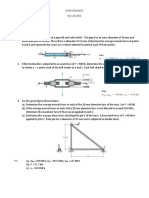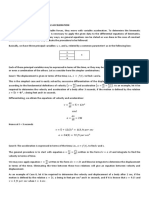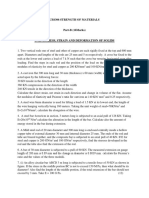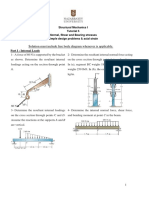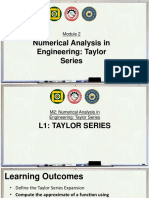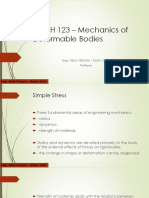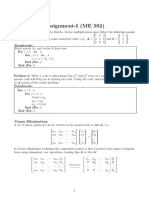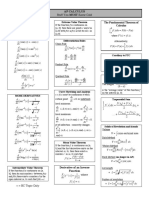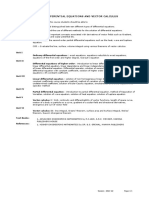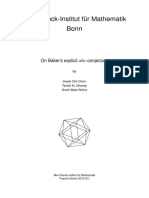0% found this document useful (0 votes)
381 views13 pagesT2 - Erratic Motion (Sample Problem)
The document provides steps for constructing velocity-time (v-t) and displacement-time (s-t) graphs from an acceleration-time (a-t) graph. It gives the equations and values for the a-t, v-t, and s-t graphs of a problem involving the erratic motion of a rocket from rest over 14 seconds. The acceleration changes from 6t^1/2 from 0-9s to 4t-18 from 9-14s. Using integrals and the given information, it solves for the equations and values of the v-t and s-t graphs.
Uploaded by
Annbri CastroCopyright
© © All Rights Reserved
We take content rights seriously. If you suspect this is your content, claim it here.
Available Formats
Download as PDF, TXT or read online on Scribd
0% found this document useful (0 votes)
381 views13 pagesT2 - Erratic Motion (Sample Problem)
The document provides steps for constructing velocity-time (v-t) and displacement-time (s-t) graphs from an acceleration-time (a-t) graph. It gives the equations and values for the a-t, v-t, and s-t graphs of a problem involving the erratic motion of a rocket from rest over 14 seconds. The acceleration changes from 6t^1/2 from 0-9s to 4t-18 from 9-14s. Using integrals and the given information, it solves for the equations and values of the v-t and s-t graphs.
Uploaded by
Annbri CastroCopyright
© © All Rights Reserved
We take content rights seriously. If you suspect this is your content, claim it here.
Available Formats
Download as PDF, TXT or read online on Scribd
/ 13




